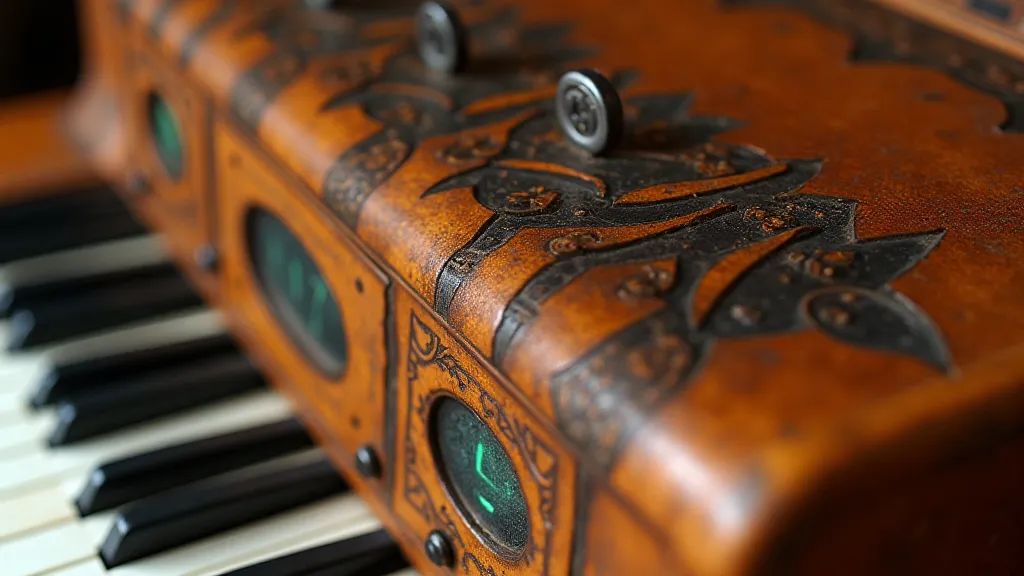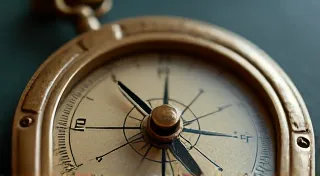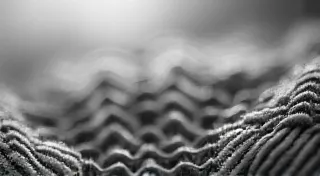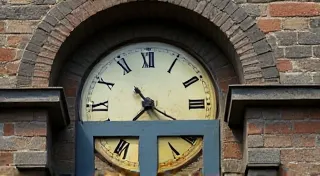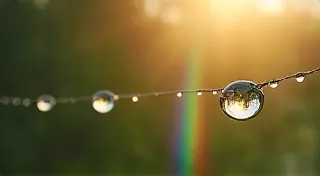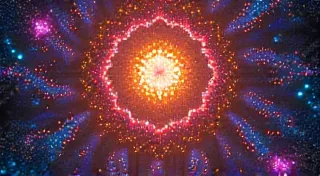The Luminescent Threshold: Bridging the Gap Between Past and Present Through Color
There’s a quiet reverence that settles over me when I begin a postcard colorization project. It’s not just about applying hues to a grayscale image; it's about stepping across a threshold – a luminescent bridge connecting the stark realities of the past with the vibrant perception of the present. It’s about bringing back echoes, revitalizing whispers, and adding emotional depth to moments long faded from memory. And sometimes, those moments present unique, almost perplexing challenges.
My journey into postcard colorization began with a fascination for my great-grandfather, Leo. He was a traveling salesman, a whirlwind of charm and tenacity who peddled notions and trinkets across the American Midwest in the early 20th century. I have a small collection of postcards he sent home, brittle and grey, depicting bustling town squares and windswept fields. It was his collection, and particularly one featuring a gentleman playing an accordion, that sparked my passion. I knew I wanted to breathe life back into these fragments of history.
That accordion postcard, you see, was not straightforward. It wasn’t a matter of applying a generic "skin tone" or "sky blue." The gentleman’s attire was unlike anything I’d ever seen – a peculiar blend of formal and functional that defied easy categorization. The accordion itself, while undeniably an accordion, possessed details I couldn’t readily identify. This immediately presented the central challenge of historical photo colorization: grappling with the unfamiliar, understanding context beyond the visible.
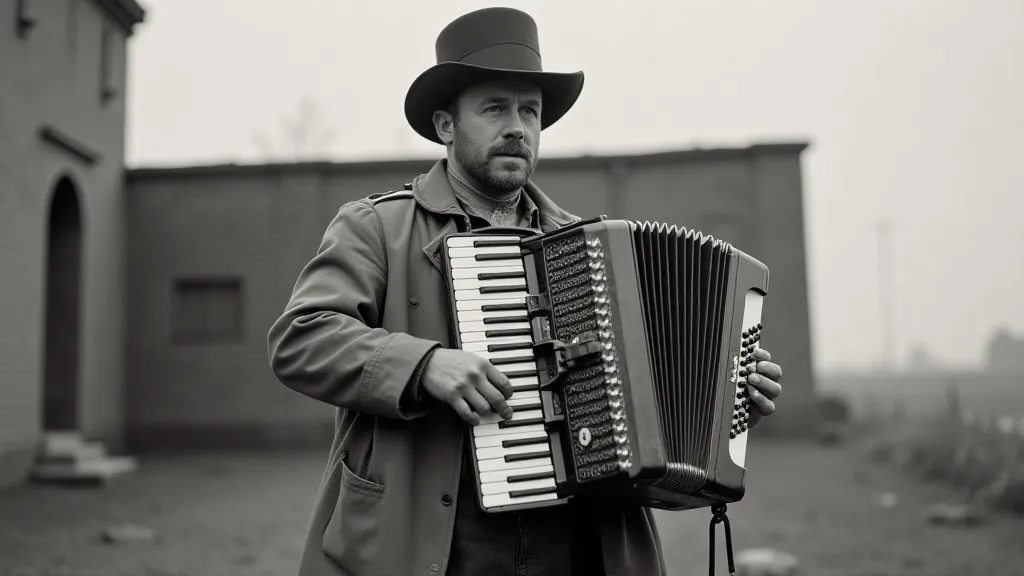
The Dance of Research and Intuition
Colorizing isn’t merely about knowing which colors *look* good together. It’s about understanding why those colors were present in the first place. The man in the accordion postcard, for example, wasn’t wearing a standard suit. Through meticulous research – poring over fashion archives, consulting with historical clothing experts, and analyzing contemporary advertisements – I discovered he was likely dressed in a 'pea coat' style combined with a type of workwear prevalent amongst traveling salesmen of the era. These men needed to look presentable for potential clients while also being practical for long hours on the road. The subtle details – the heavy, textured weave of the coat, the sturdy, utilitarian buttons – all spoke to a lifestyle of constant motion and the need for adaptable clothing.
The accordion itself posed a different kind of puzzle. Its bellows were a unique shade of what appeared to be tanned leather, and the keys featured a patina of wear I struggled to accurately recreate. Older accordions weren’s typically factory-produced to a uniform color; they were often individually crafted, and the materials used reflected regional availability and the artisan’s preference. I consulted with an accordion repairman who, upon seeing the postcard, recognized the model as a “Cremona,” a respected brand known for its robust construction. He explained the natural discoloration of aged leather and the wear patterns on the keys, offering invaluable insights into the instrument’s history and use.
Beyond the Palette: The Emotional Resonance of Color
The technical aspects of colorization – understanding lighting, shadows, and color theory – are crucial. But even more vital is the ability to infuse the image with emotional truth. Consider the color palette I ultimately chose for the accordion postcard. I resisted the temptation to use overly saturated hues. Instead, I opted for a muted, slightly desaturated palette that reflected the era’s aesthetic and emphasized the sense of quiet dignity emanating from the image. The man's coat became a rich, earthy brown; the sky, a soft, overcast grey; and the accordion, a warm, aged tan. These choices weren’t arbitrary; they were deliberate attempts to evoke a sense of authenticity and to resonate with the emotional core of the image.
Imagine if the coat had been a garish orange, or the accordion a blinding chrome. It would have immediately shattered the illusion, creating a jarring disconnect between the image’s content and its intended atmosphere. Color, therefore, becomes a powerful storytelling tool. It’s not merely about filling in the blanks; it’s about shaping the viewer’s perception and forging a connection to the past.
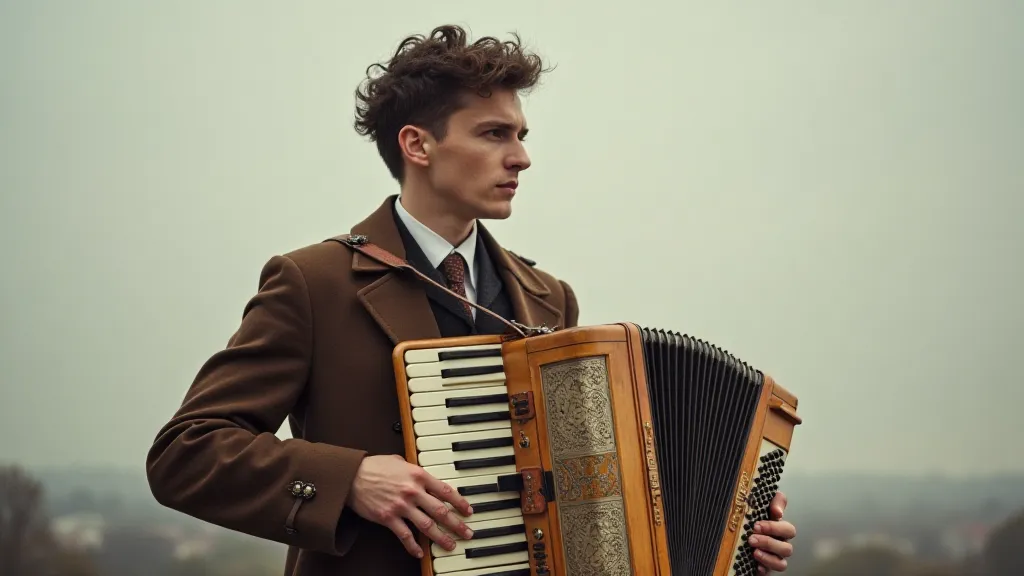
The Challenges of Unfamiliar Objects and Clothing
The challenges inherent in colorizing historical photographs extend beyond just clothing and instruments. Often, postcards depict objects and scenes that are now obsolete or radically different. This necessitates a willingness to embrace ambiguity and to make informed guesses based on available evidence. For instance, a photograph of a horse-drawn carriage might require extensive research to accurately depict the driver's uniform or the type of harness used. A photograph of a bustling marketplace might demand a detailed understanding of the goods being sold and the social dynamics of the time.
When faced with uncertainty, it’s essential to prioritize accuracy over assumptions. Consulting with experts, analyzing contemporary sources, and embracing a spirit of open inquiry are all vital components of the process. It's also important to acknowledge limitations. A perfect recreation is often unattainable, and some degree of educated guesswork is inevitable. Transparency about these uncertainties, where appropriate, can actually enhance the viewer's appreciation for the work involved.
Craftsmanship and the Echo of the Past
Ultimately, postcard colorization is more than just a technical skill; it's a form of historical craftsmanship. It’s a way of breathing new life into fading memories, of preserving fragments of the past for future generations. As I painstakingly add color to each image, I feel a profound connection to the people who lived those moments, the artisans who crafted the objects they used, and the photographers who captured their lives on film.
It’s a privilege to be able to bridge that gap between past and present, to offer a glimpse into a world that might otherwise remain lost in the grayscale of time. It is a delicate act, requiring sensitivity, patience, and a deep respect for the historical context. The quiet resonance of an accordion's song, the feel of a well-crafted coat, the simple act of sending a postcard home—these are the echoes I strive to capture, one painstaking color at a time.
